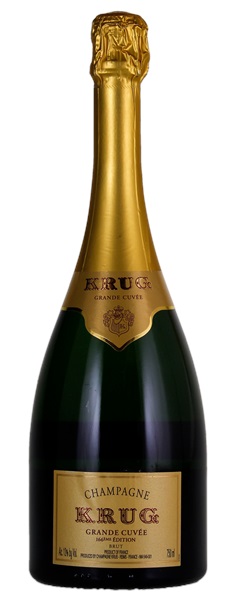117011
Removed from a professional wine storage facility; Purchased upon release; Consignor is original owner

Image above is an example. To view the image of the lot, click the item number.
Estimate
...pure, fresh and elegant yet intense and still yeasty brioche nose with its ripe apple aromas and refreshingly bright (lemon juice) overtones.
...flavors of sun-dried white cherry, toast and Meyer lemon peel are accented by expressive saffron, ground coffee and mandarin orange peel aromas. Long and racy on the honey-, spice- and smoke-laced finish.
…good freshness and verve to the bright citrus, mineral and floral flavors.
Complexity from the very outset with praline, honey, grilled-hazelnut and nougat aromas leading to a fresh background of peaches, lemons and grapefruit.
Lemon yellow. Putty note. Deep straw. Rather yeasty nose with quite a bit of age in evidence. A little loosely textured with a very savoury note. Finishes very dry. Tense.